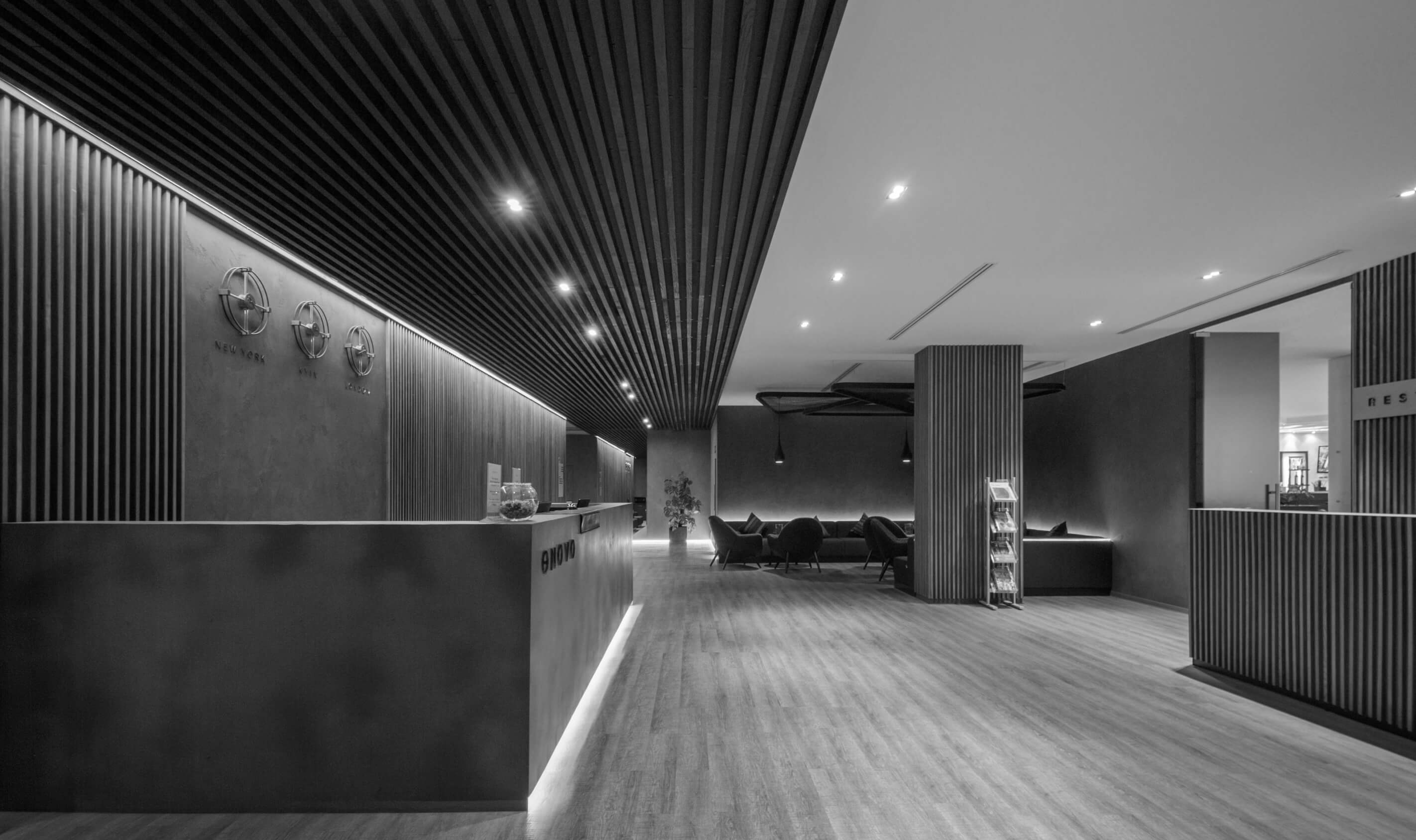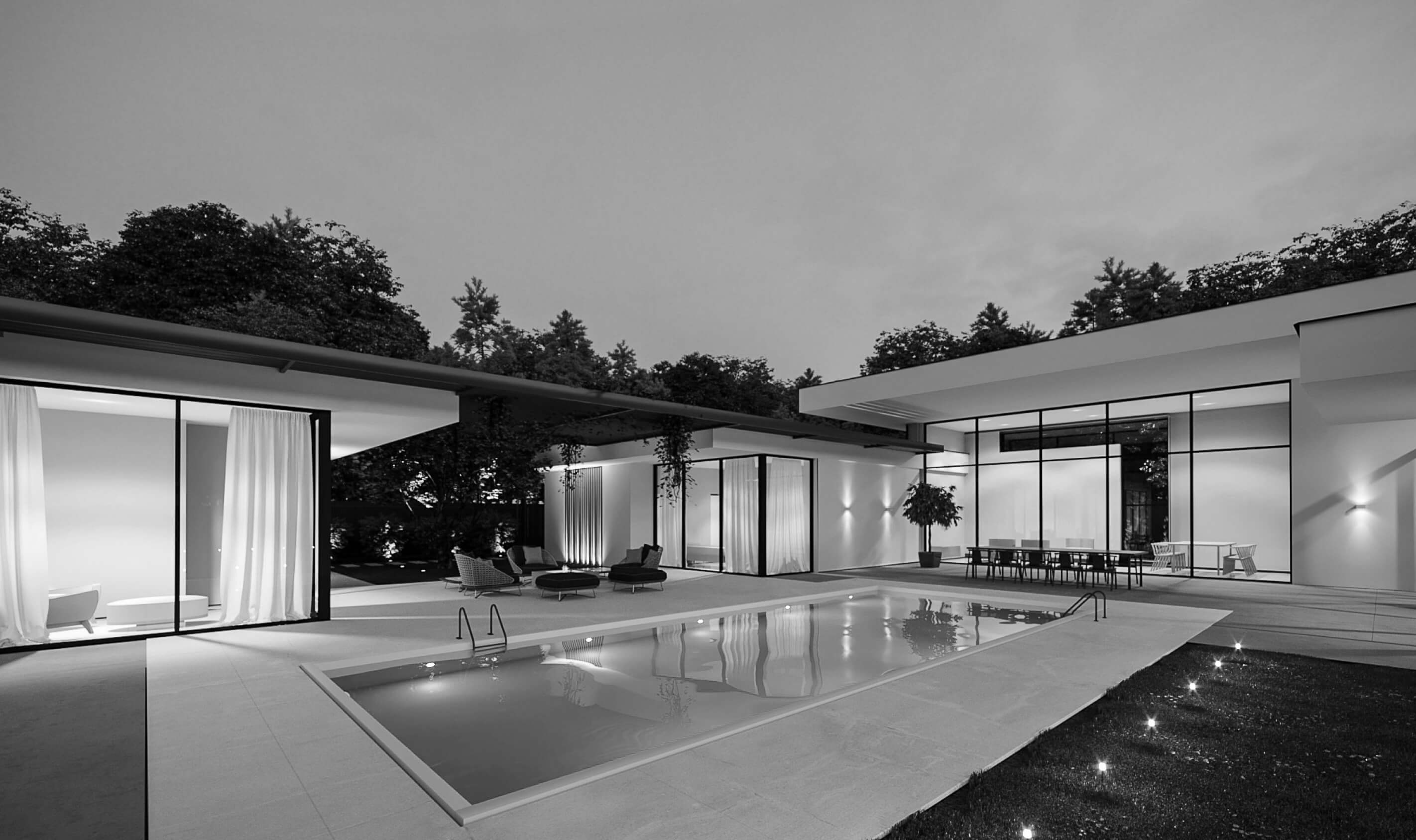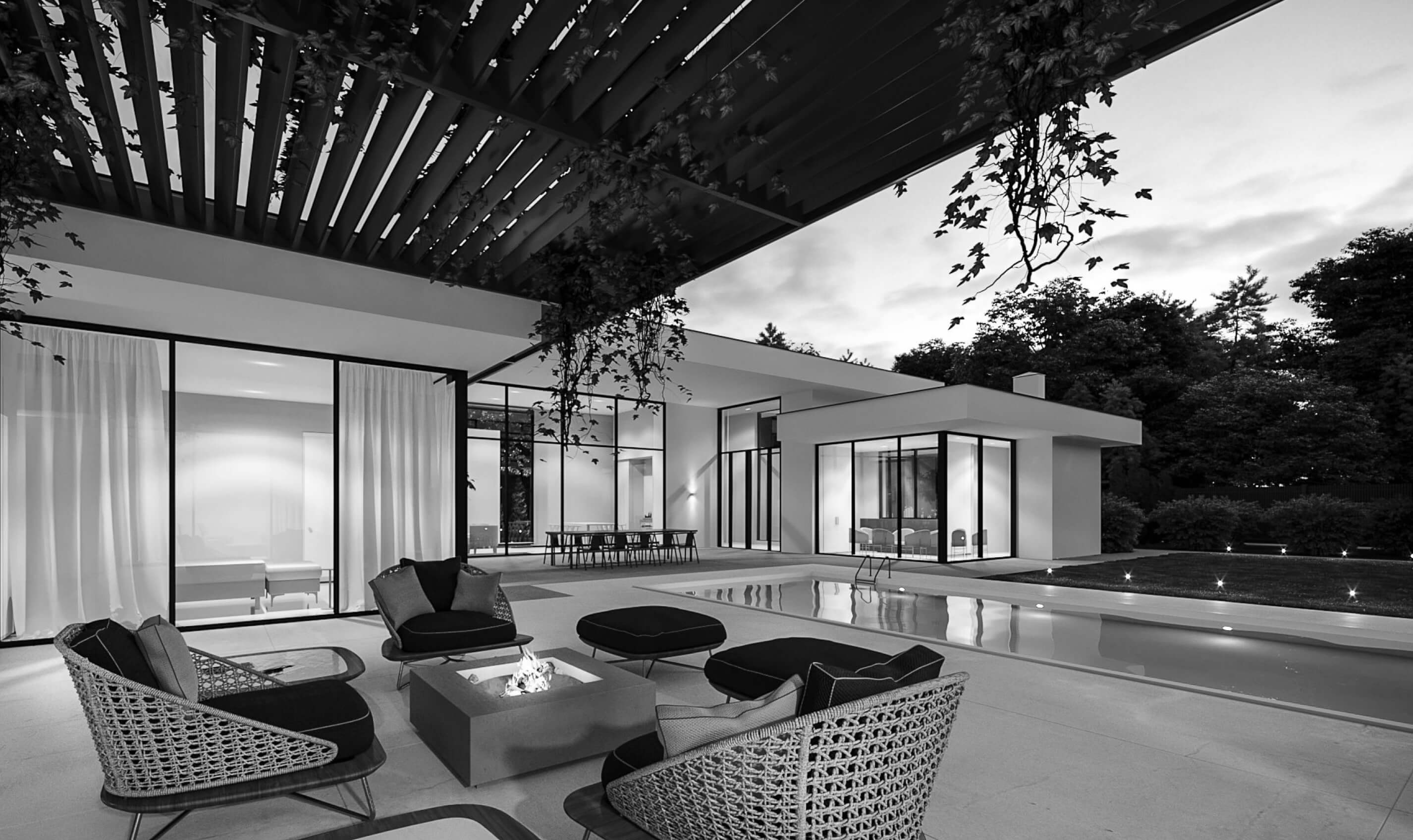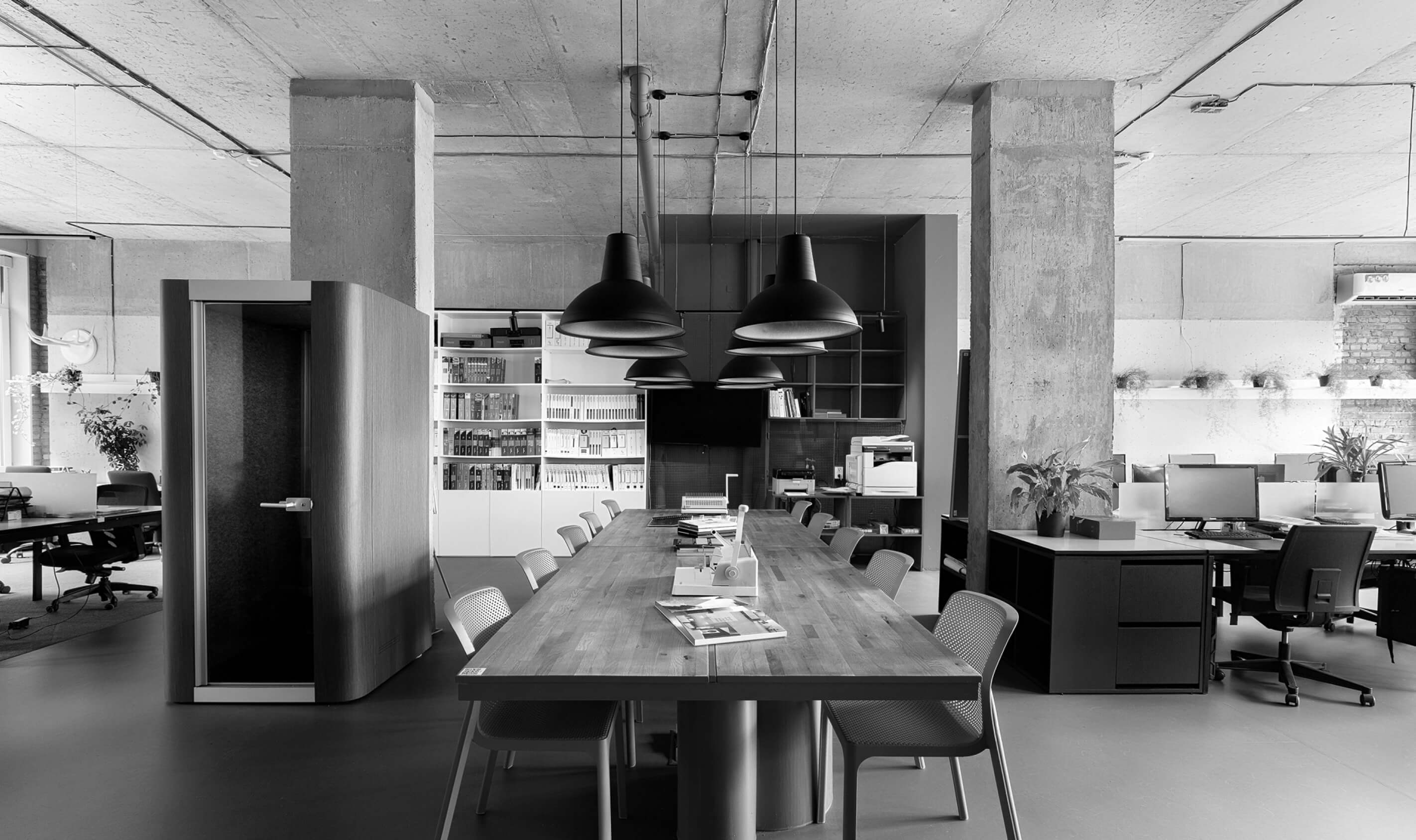A restaurant is about delicious food, atmosphere, emotions, and the unique experience you offer your guests. An interior designer will help develop and bring the concept to life, but to make the collaboration as effective as possible, it’s worth preparing in advance. Here are five important steps you should take before the first meeting with a designer.
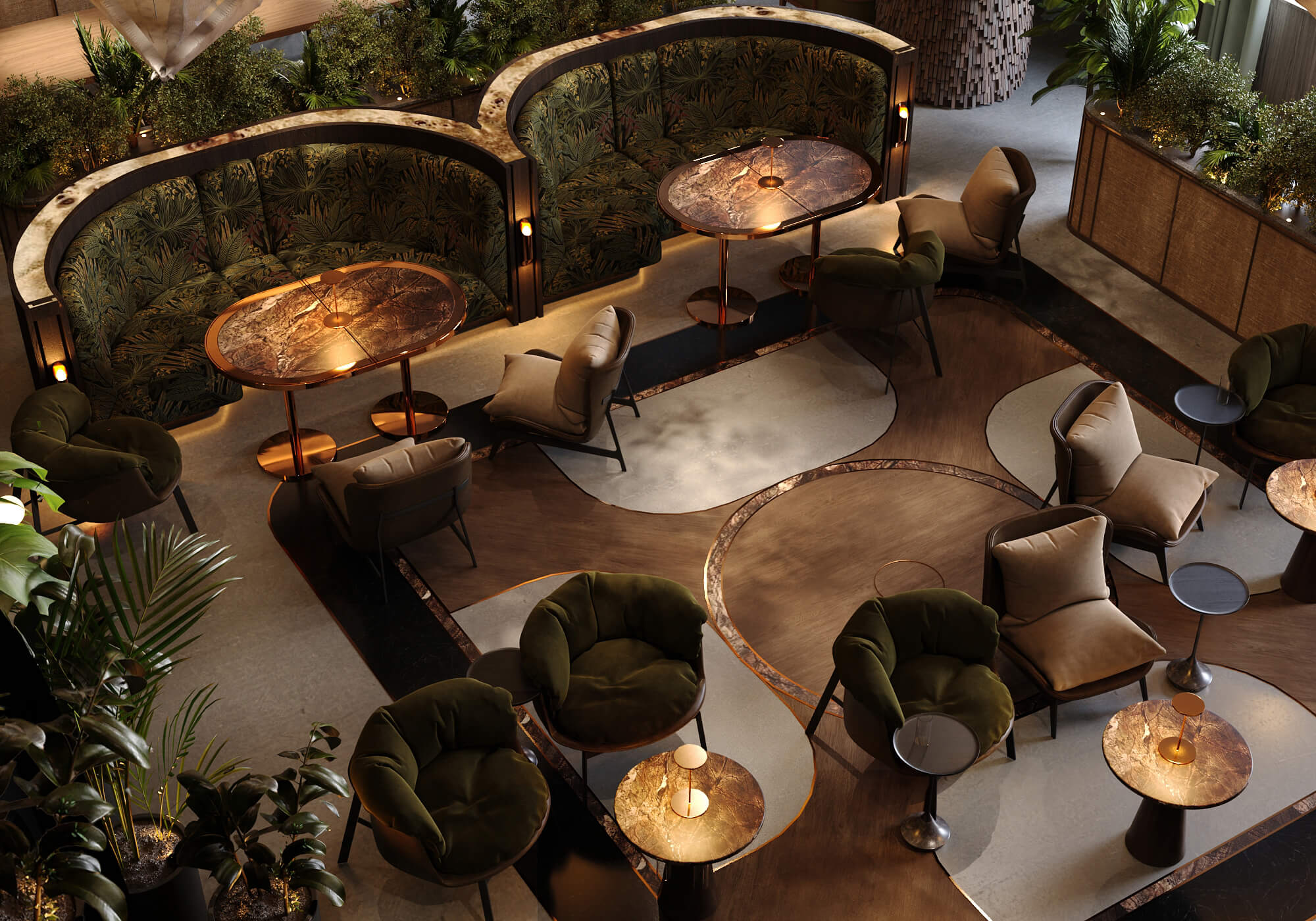
Opening a Restaurant: 5 Steps to Take Before Meeting with a Designer

Define Your Concept and Target Audience Every successful restaurant begins with an idea. What will make your establishment special? What atmosphere do you want to create? What will make it unique? What cuisine do you plan to offer guests?
Ask yourself these questions and try to formulate a concept. Focus on your target audience: will you be hosting parties for young people, or focusing on family dinners, or perhaps business lunches? This will help you determine the restaurant format – a cozy cafe, a stylish gastropub, or a prestigious fine dining restaurant? A clear understanding of your audience will simplify the selection of menu, interior style, and even the choice of location.

Analyze Competitors and the Market To have a successful restaurant, it’s important to stand out from competitors. Research establishments in your city within your niche, paying attention to their strengths and weaknesses. Examine their menus, service, interior, and marketing strategy. Is there something you could do better? How can you offer guests a unique experience? Try to understand what is missing in competitors’ concepts and use this as a strength in your project.
In addition to analyzing competitors, it’s important to follow restaurant business trends. For example, open kitchens, local products, eco-friendly design, specialized cuisine, or a focus on solo dining could become your market advantages.

Choose a Venue Considering All Nuances Location and premises are of enormous importance. Before signing a lease agreement, answer these questions:
- Does the space meet your needs?
- Is it suitable for placing kitchen equipment?
- Is the location convenient for potential guests?
- Are there parking spaces and public transport stops nearby?
Beyond these questions, check the technical capabilities of the premises. If you need a powerful ventilation system or specific communications, their installation can significantly impact the overall project budget. If you already have a space, it’s important to evaluate its technical capabilities and compliance with your concept. Pay attention to the area and zoning possibilities. Find out about available communications and the potential to increase their capacity – electricity, water supply, ventilation. Investigate compliance with sanitary and fire safety standards. Analyze the location’s foot traffic and its potential for attracting clients.
If the premises have not yet been selected, a designer can help evaluate possible options and choose the optimal location for the future establishment.
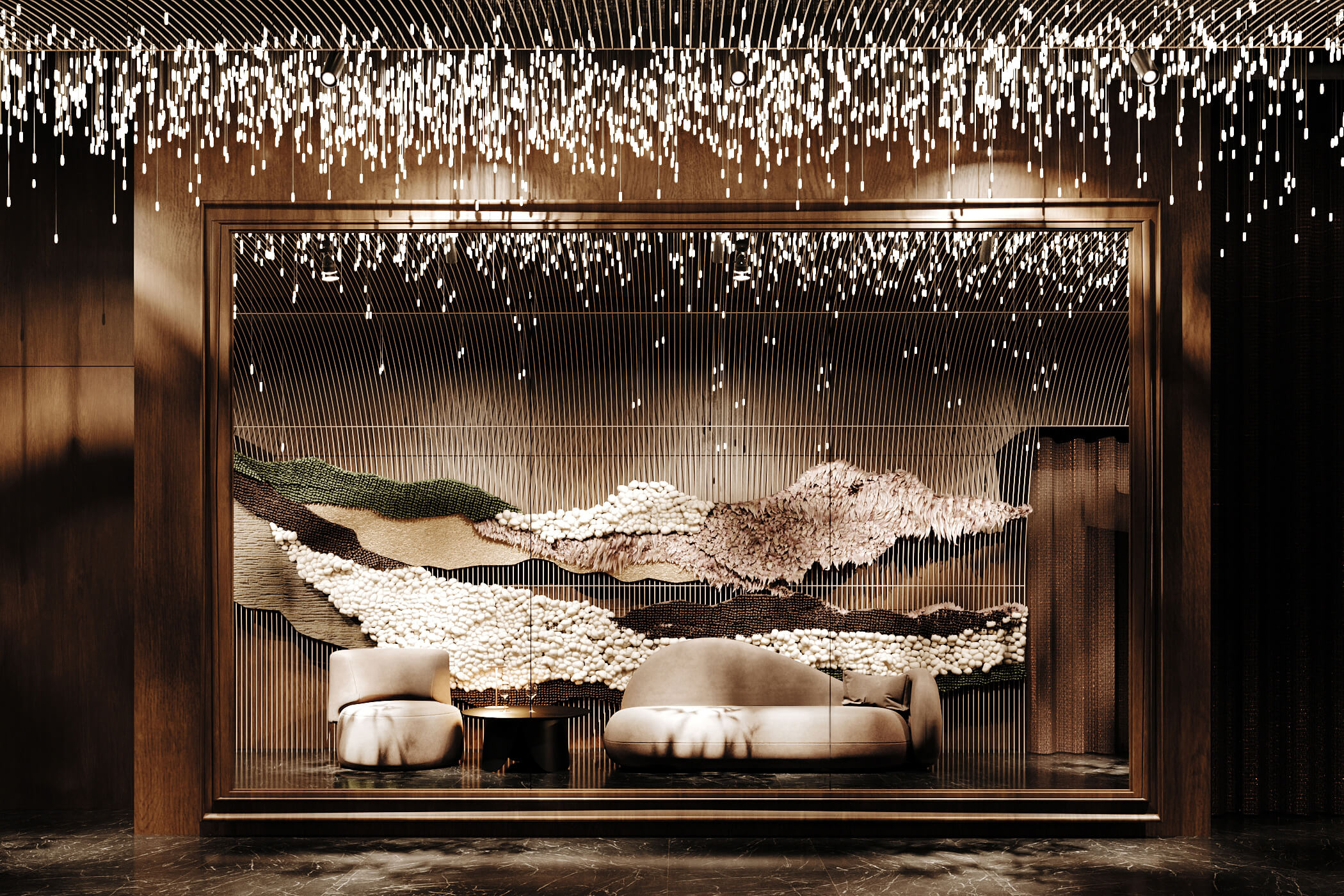
Plan Your Budget and Business Model
You need to determine not only initial expenses but also regular costs for staff, marketing, product purchases, and utility payments.
It’s equally important to understand your establishment’s business model. What will your pricing policy be – an affordable segment or premium? Do you plan additional revenue sources such as food delivery, catering, or selling branded products? The more precisely you plan your financial model, the easier it will be to make decisions about design, equipment, and service format.

Prepare References and Formulate Wishes Before meeting with a designer, it's useful to collect visual materials that convey your own vision of the establishment. Save images of interiors you like, determine the desired color palette, materials, and lighting. If you have specific requirements for zoning – an open bar, lounge area, or separate booths – these should also be considered in advance.
The more detailed you are in describing your wishes, the easier it will be for the designer to create a project that meets all your expectations.

Competent preparation before beginning collaboration with a designer allows you to avoid many mistakes, save budget, and obtain a truly high-quality result. Defining the concept, analyzing the market, choosing a premises, planning the budget, and collecting references are the five steps that will help you open the restaurant of your dreams.
A good restaurant leaves unforgettable impressions and creates a desire to return. So take care to ensure that your establishment becomes exactly such a place.
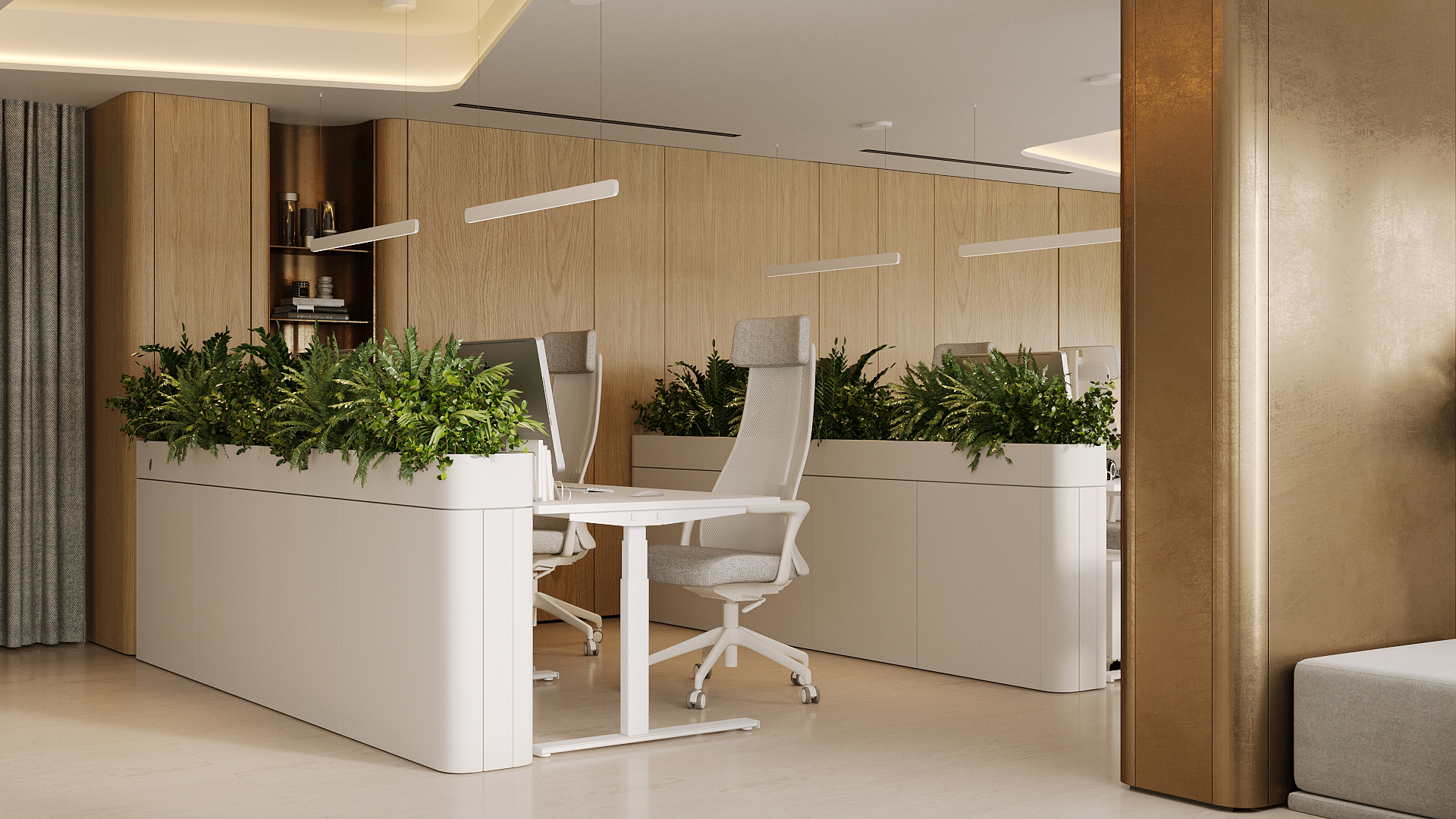
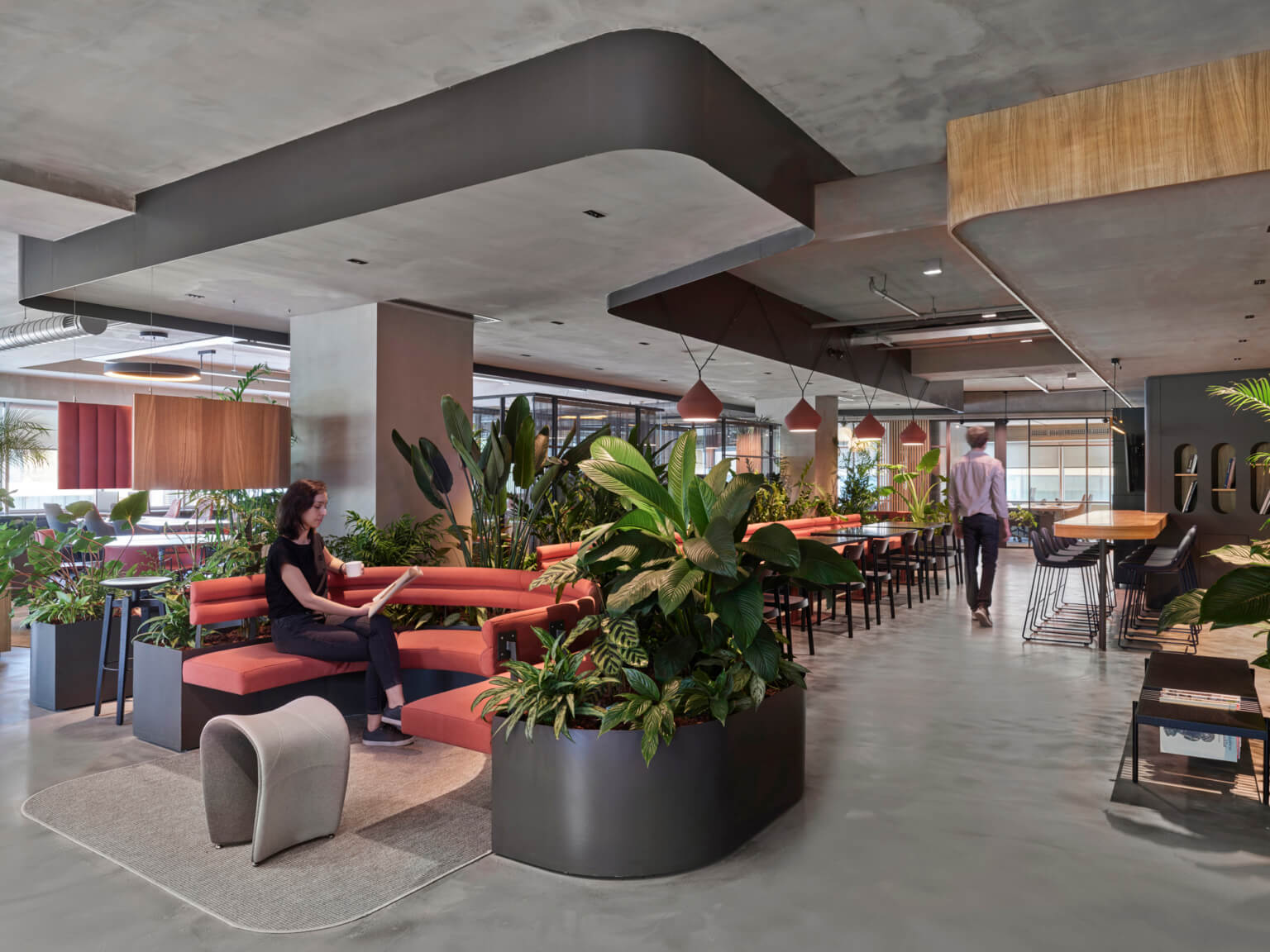

 Back
Back Back
Back



